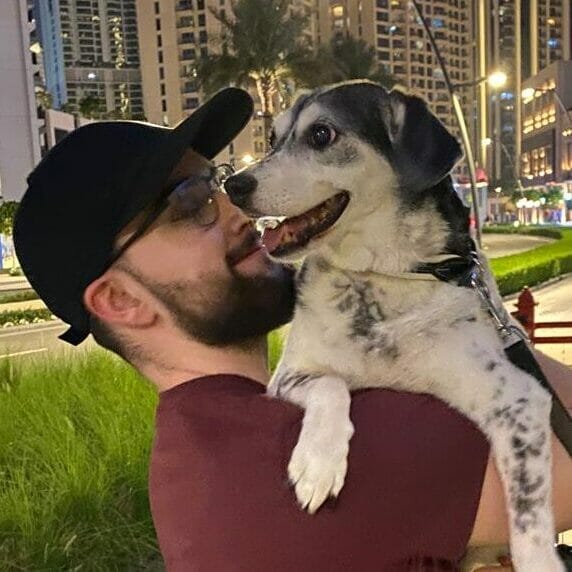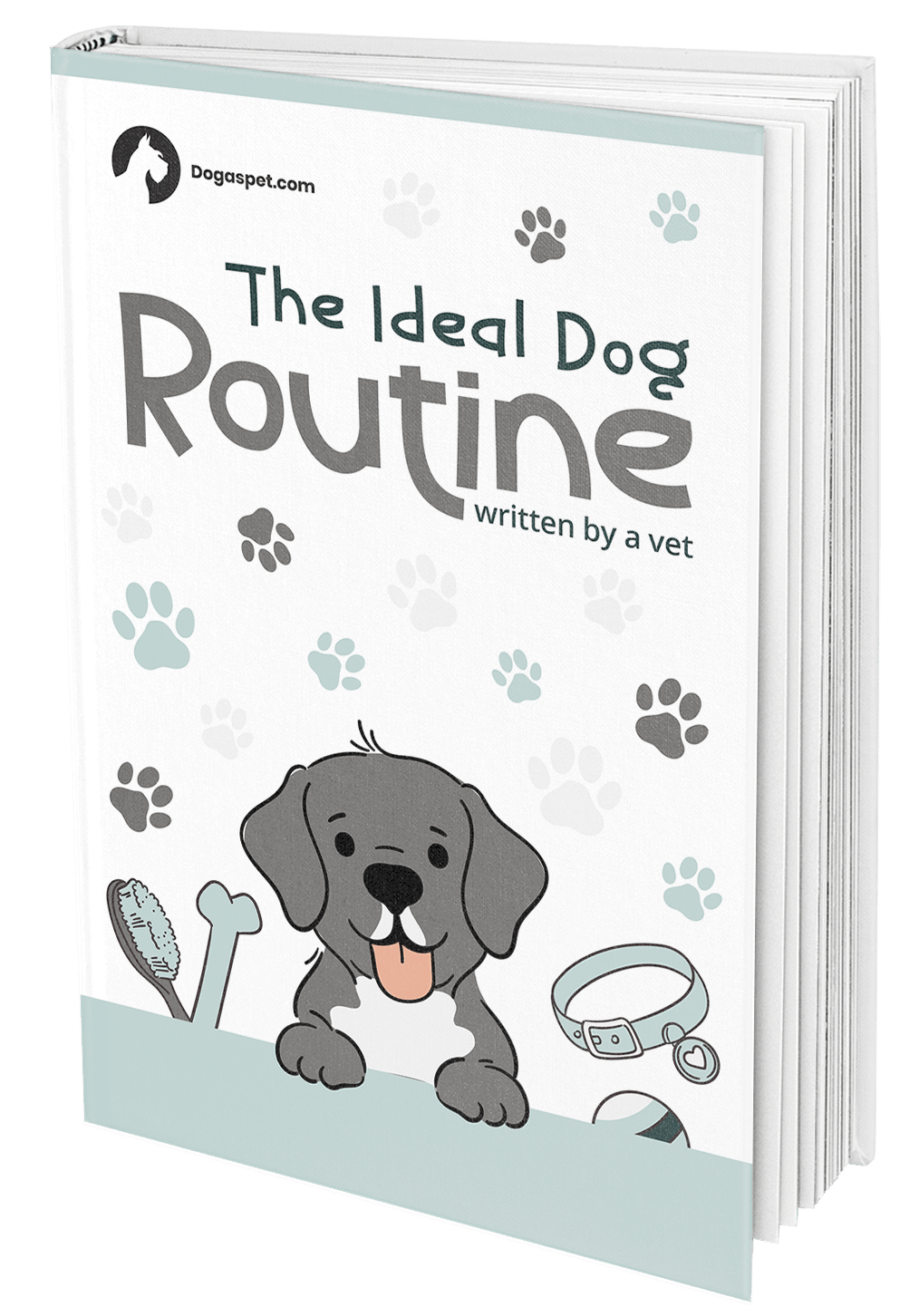
As a pet parent, nothing makes you feel more connected to your furry friend than those simple moments of connection when you hug or whisper sweet nothings in their ear. But then something puzzling happens; our beloved pooches start panting!
Why? What does it mean? Panting is often seen as an expression of happiness and contentment but it can also indicate distress or fear if done at the wrong time.
In this blog post, we’ll discuss 6 possible reasons why your pup may be panting while being petted – so that next time tuckered out Toto has you perplexed with his nervous-sounding pants, you know what might be going on!
Table of contents
Excitement or Happiness
Are you wondering if your pooch is panting because he’s happy? The answer is yes! If your pup pants and wags his tail while in the presence of someone, it’s a good indication that they are content.
Additionally, dogs may also pant when playing or preparing for their daily exercise session. It is completely normal to observe heavy breathing from a canine who feels pleased; however, excessive panting can be an indicator of anxiety and stress (find out more below).
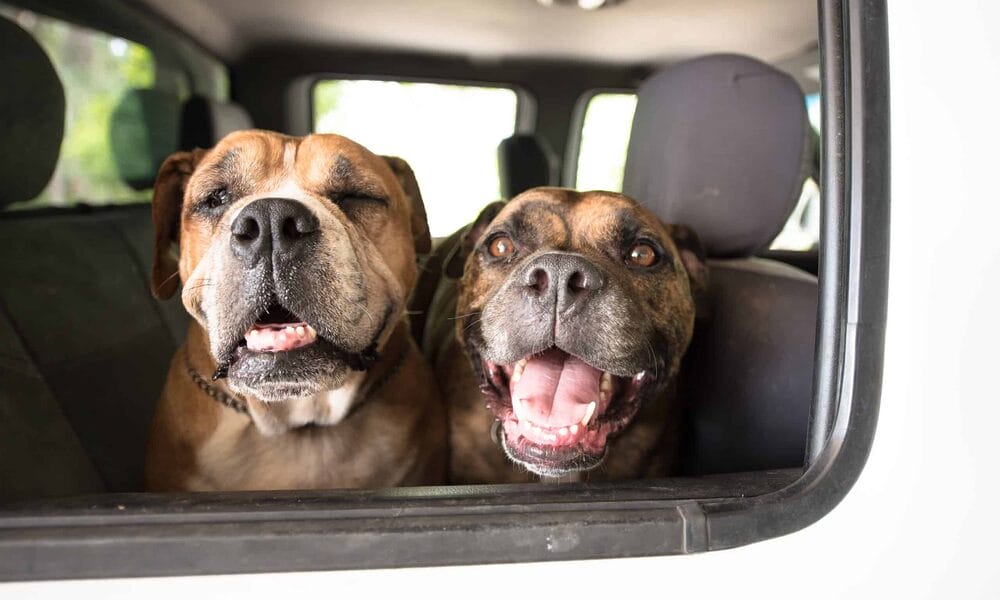
Anxiety or Stress
When a dog pants and has an uneasy body, it’s usually a sign that he is in distress. Your pup might start pacing back and forth or even try to hide when feeling anxious. Loud noises, unfamiliar people or animals, and changes in routine can all be sources of anxiety for your furry friend.
To help him relax his nerves it’s important to create a calming atmosphere by using gentle words, avoiding any potential triggers for stress, and providing comforting vocal cues if the situation allows you to do so.

Pain or Discomfort
When dogs are in pain or distress, they may pant to help manage their body temperature. Whimpering, whining and hiding can also be indicators that something’s not right with your pup. In such circumstances it is essential to take them for a visit at the vet as soon as possible.
Remember – if ever you’re uncertain of your dog’s wellbeing, err on the side of caution by seeking professional medical care straight away – just better safe than sorry!
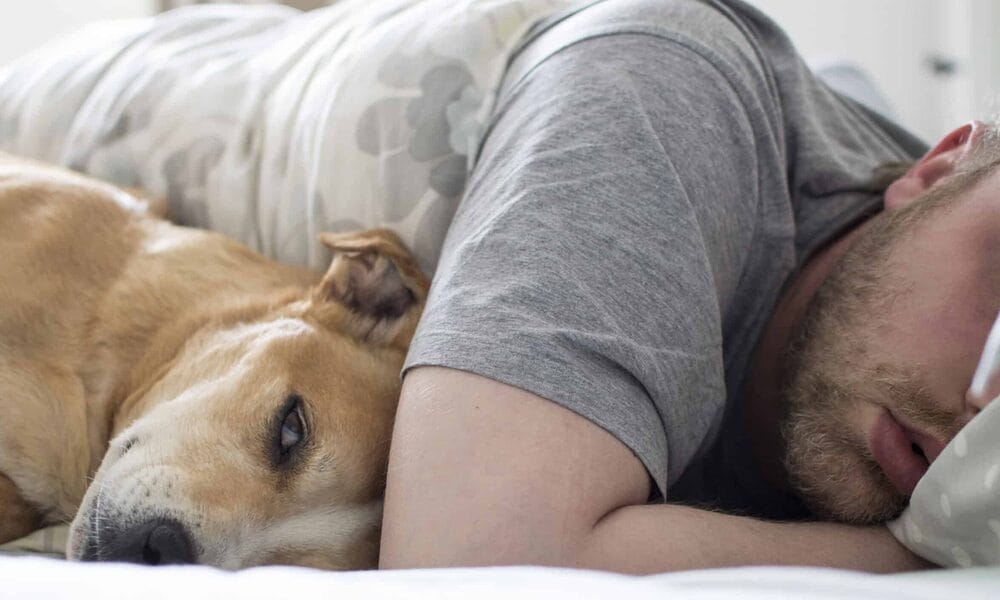
Overheating
When a dog is overheating, they may begin to pant heavily with their reddish tongue as an indicator. Additionally, your pup might become drowsy and experience difficulty breathing before ultimately collapsing if not quickly cooled down.
Therefore, it’s essential to act quickly in alleviating the heat from your furry friend; this can be done by offering them a cool bath (not too cold) or gently applying cold water onto their body while transferring them into a cooler environment.

Respiratory Issues
If your pup is panting heavily and having difficulty breathing, then he may be facing a respiratory issue. You can also look out for other signs such as blue or grayish gums to confirm this diagnosis. Don’t hesitate to find medical assistance right away if there’s cause for concern — respiration issues are incredibly serious and potentially life-threatening conditions that shouldn’t be taken lightly.
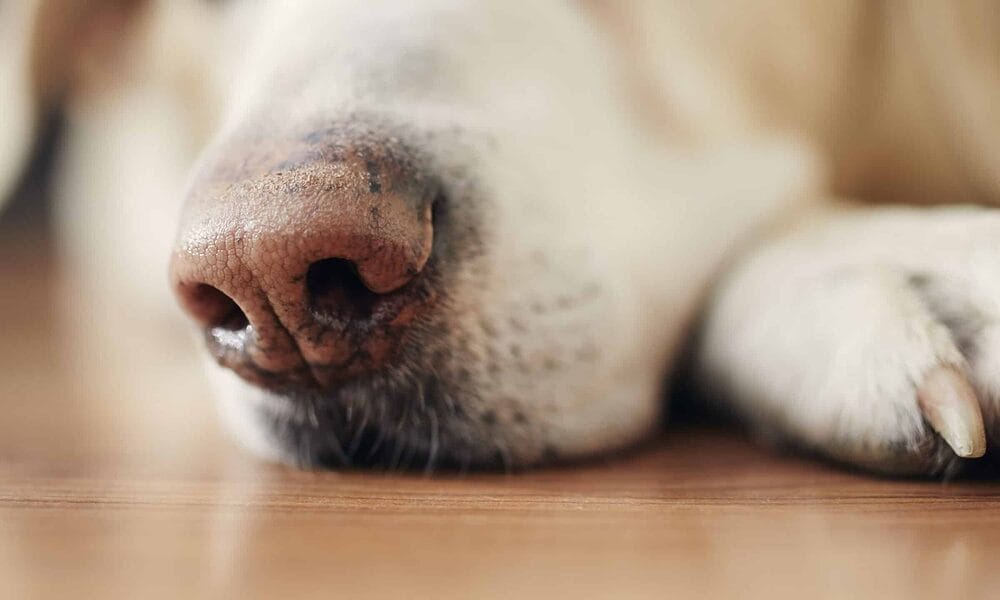
Other Medical Conditions
Panting is a natural and beneficial way for dogs to regulate their body temperature. However, it can be caused by other conditions as well; heart disease may cause the heart to work harder, in turn leading to an increased body heat while kidney disease makes panting necessary as the kidneys remove waste products from the blood.
Additionally, pain such as that associated with arthritis or cancer could also lead your canine companion to excessively pant – making it important for you consult with a vet when this happens. By ruling out any potential underlying health issues early on through veterinary service, you can help ensure your dog’s wellbeing and maximize quality of life!
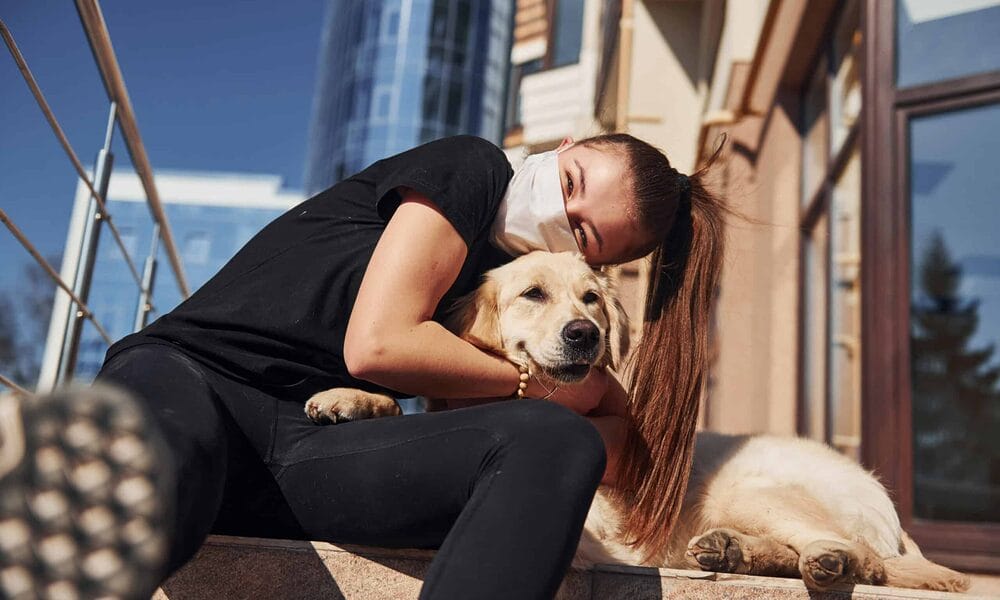
What To Do If Your Dog Is Panting?
When your dog is panting, it’s important to observe him closely and determine why he’s panting. If the cause is caused by anxiety or stress, try calming him with a calm environment, reassuring words or by avoiding anything that could act as a trigger.
Alternatively, if the panting is because of overheating; you can cool him down quickly by using a cool bath, applying cool water to his body or taking him to a cooler place.
However, if panting is due to respiratory problems then your pet needs immediate veterinary attention. Don’t wait until it gets worse – be proactive and take your pet to the vet as soon as possible for proper treatment.
Conclusion
Dogs may pant for various reasons, so it’s critical to carefully assess your pup if they seem uncomfortable. If there is no distress and the panting appears more energetic or stimulated, that can simply be attributed to excitement or a warm climate.
However, if the heaviness of their breathing seems off-puttingly labored and accompanied by obvious discomfort – it’s time to rush them to a qualified veterinarian.
